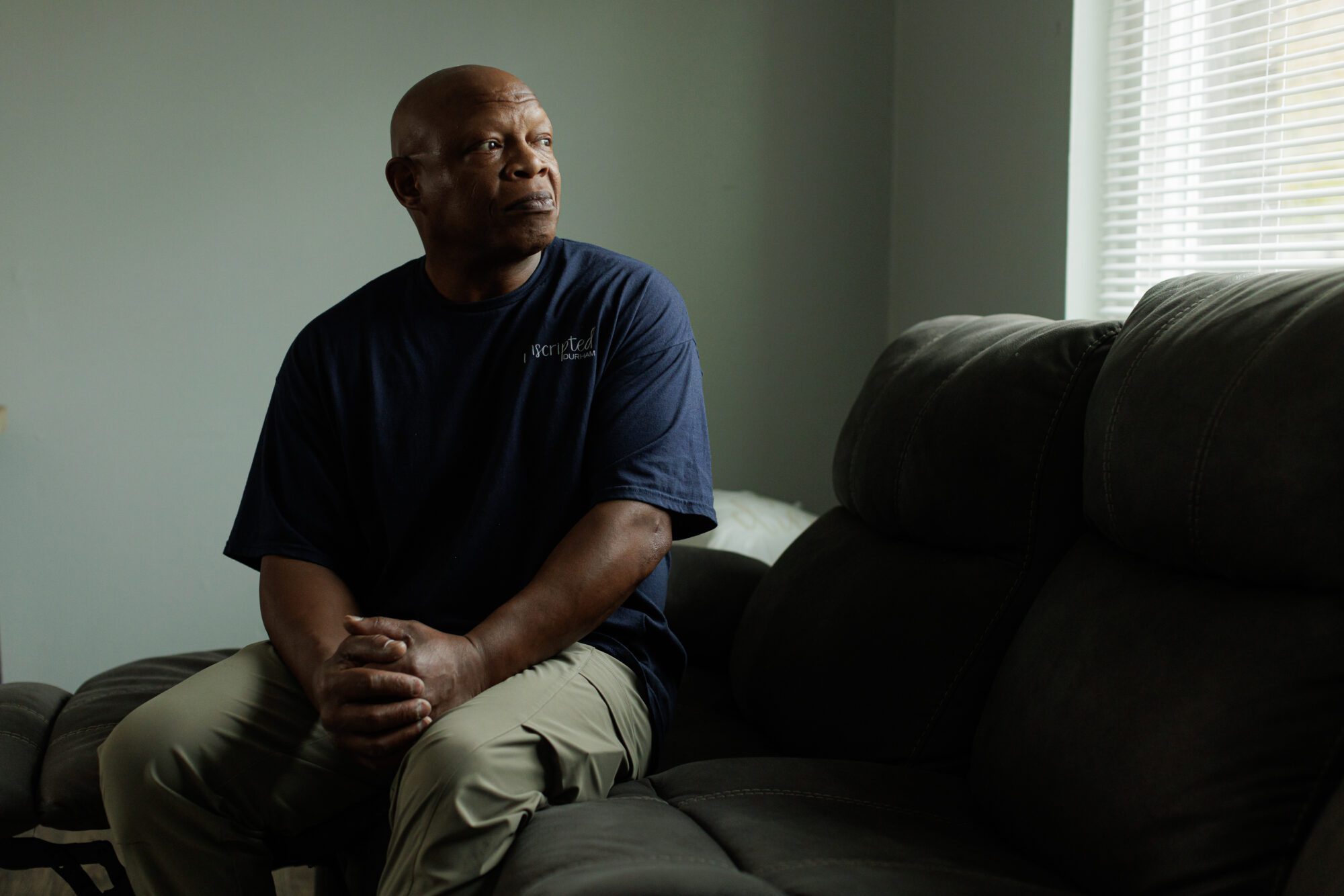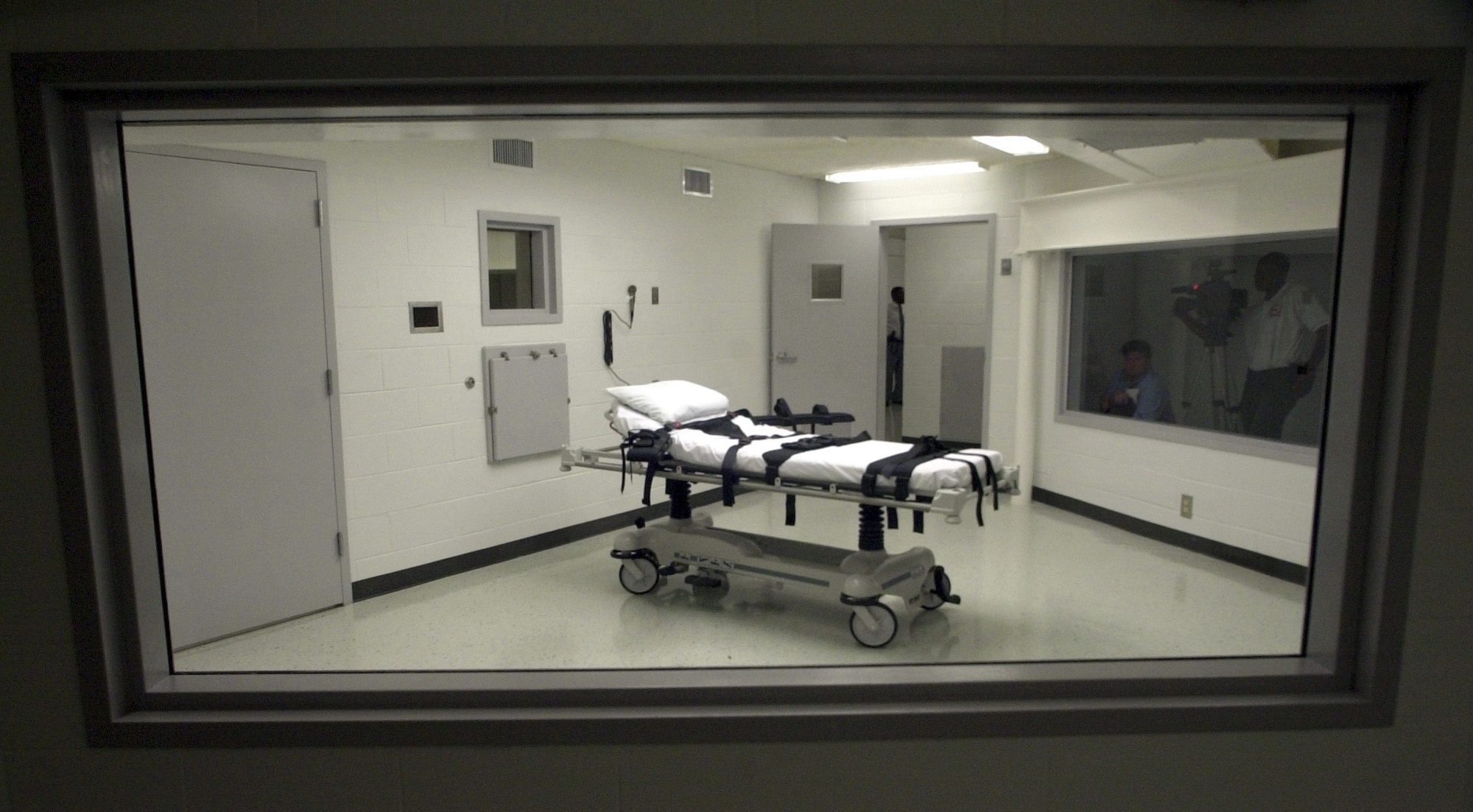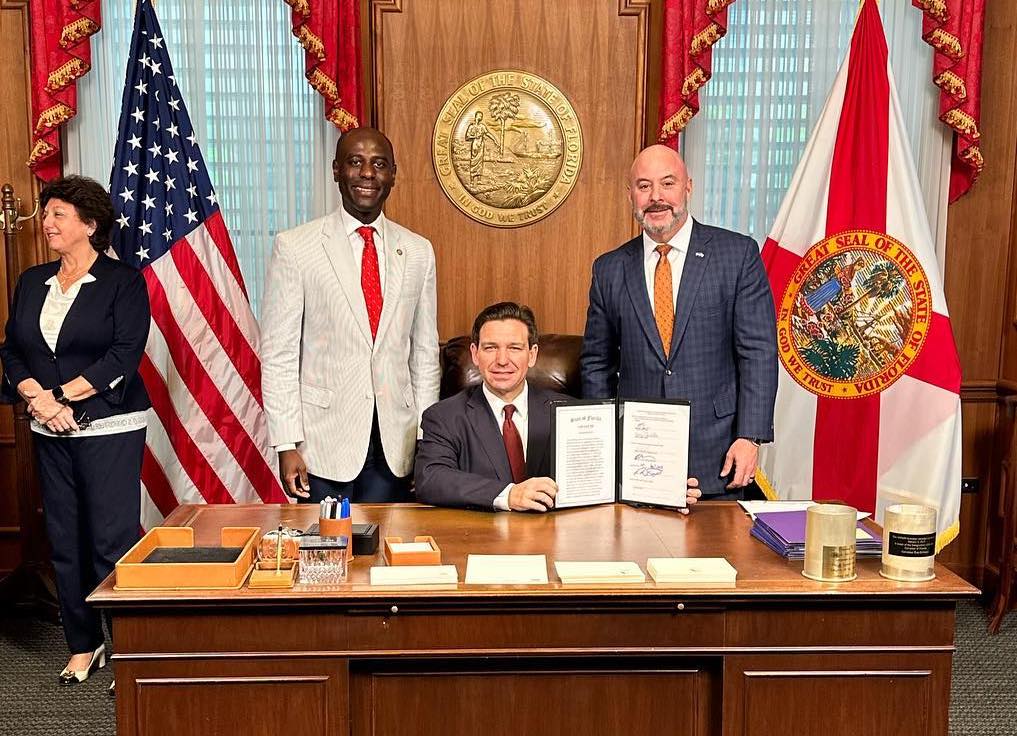Before Executing a Muslim Man, Alabama Denied Many of His Final Religious Requests
Keith Gavin made a number of requests about his final moments, all stemming from his Islamic faith. But the prison largely ignored them, as it has with Muslim prisoners in the past.
| July 24, 2024
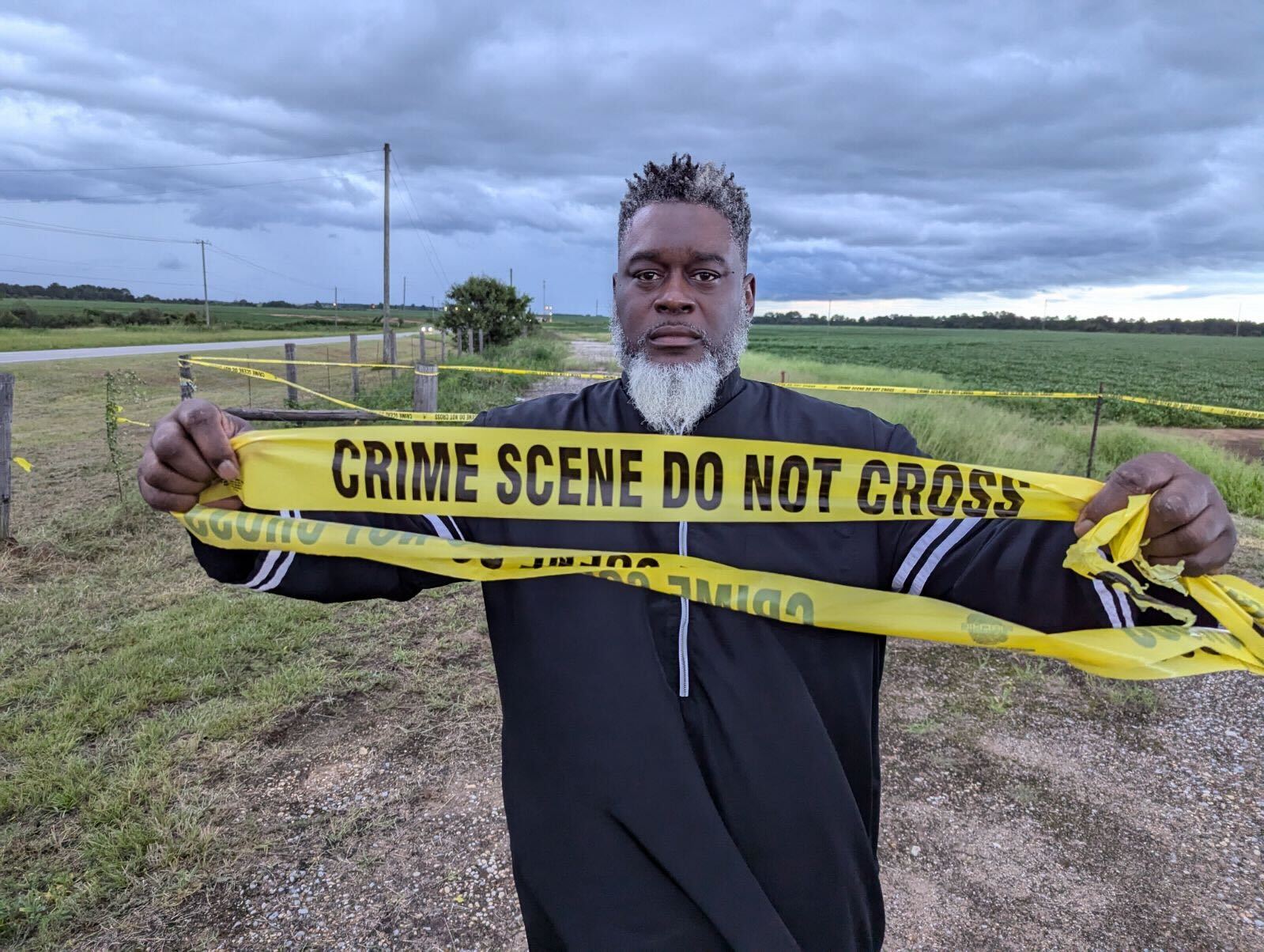
For the past 25 years, Keith Gavin practiced Islam inside the walls of death row at Holman Correctional Facility in Atmore, Alabama. He was the prison’s imam for a time, leading the row’s Sunni Muslim community in prayer. He’d even adopted an Islamic name, Kamar Kernell Gavin Gabuniquee, meaning “strong prince, strong one, and wonder.” The religion had saved his life, Gavin told me as we sat at a plastic folding table in the prison’s visitation room on Thursday morning. Gavin, 64, wore a knit white kufi on his head; a string of pale green and black prayer beads dangled over his khaki prison uniform.
It was 10 a.m., and in eight hours, Alabama planned to execute Gavin by lethal injection. He’d filed a handwritten appeal with the U.S. Supreme Court the previous day and was waiting to hear whether it would step in and stop it. I knew that the odds weren’t in his favor. The court was historically hostile to death row prisoners and there was only a very small chance it would let him live, but it wasn’t unheard of—the justices had just stopped an execution in Texas at the eleventh-hour the night before.
While we waited, we talked about another matter: whether Gavin would get to eat his final meal, a decision that was up to the prison’s warden, Terry Raybon. Gavin had requested halal food, lamb specifically, but Raybon was refusing to let anyone get it for him and it didn’t sound like he was going to change his mind. Even if chances of a stay were slim, they still seemed higher than Gavin getting a piece of lamb.
It was the latest disagreement between the Alabama Department of Corrections (ADOC) and Gavin over his final wishes, all of which arose from his Islamic faith. Last month, Gavin sued the state to ensure that officials did not perform an autopsy on him because doing so would be sacrilegious. The lawsuit came after a breakdown in “meaningful discussion” with state officials, according to a court filing. Alabama eventually relented and allowed Gavin to forgo an autopsy under the condition that he find a mortuary to take his body by 7:30 p.m. after his execution. His supporters raised $4,000 to pay for the pickup and the transport of his body back to his hometown of Chicago for an Islamic burial.
In the days leading up to his execution, Gavin also made requests about what he wanted to eat, the garments he would wear, and his final words before he died. He’d planned to wear his kufi while his imam of 15 years, Aswan Abdul-Adarr, prayed with him in the execution chamber, a proposal he said Raybon had approved, per the state’s execution protocol.
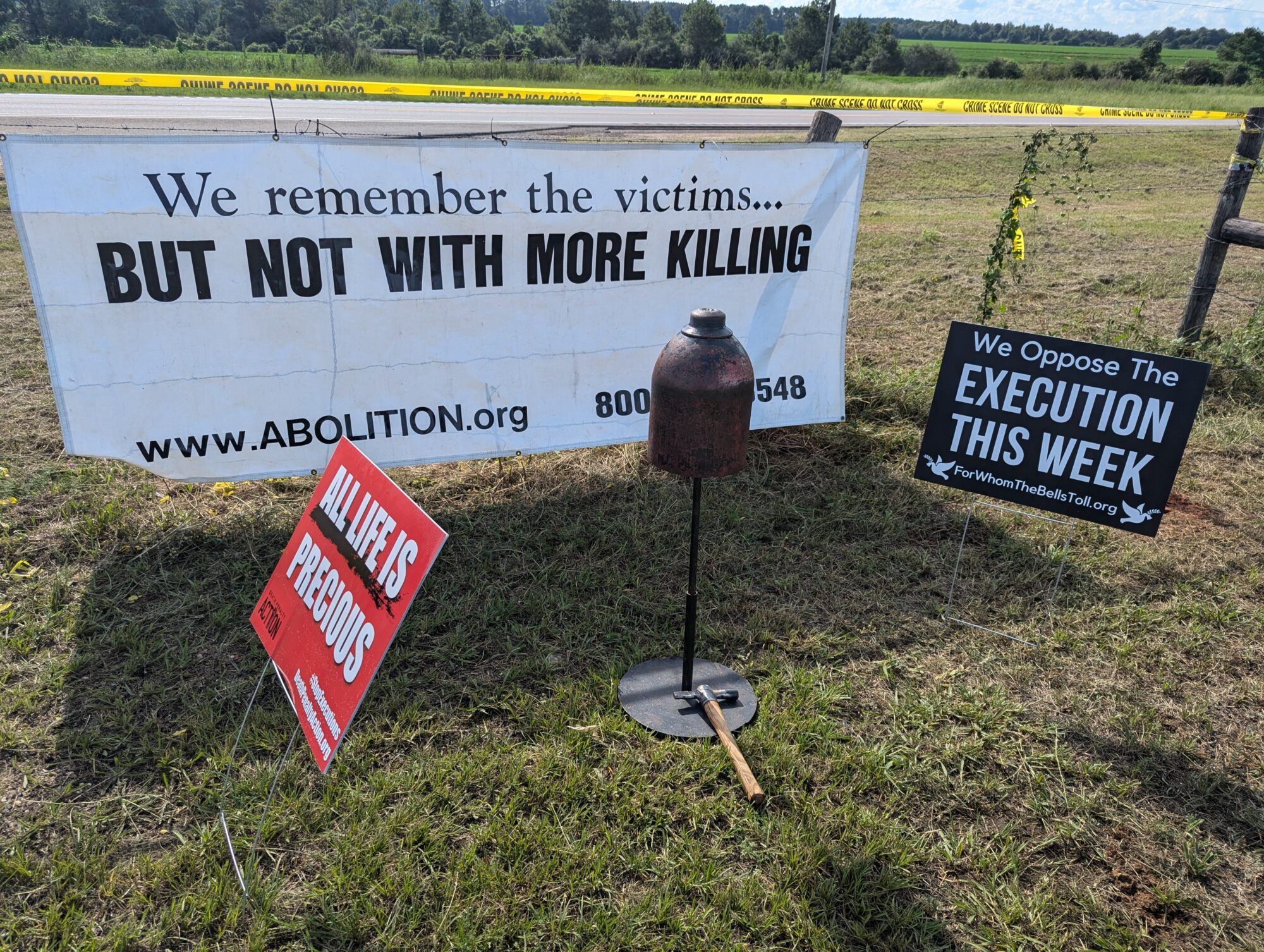
It’s not uncommon for death row prisoners to make final requests that stretch the bounds of what’s usually permitted on death row. Last year, James Barber led a march to “When the Saints Go Marching In” before he was led off to Alabama’s execution chamber. The prison also allowed his family to bring in a guitar, on which they played “Amazing Grace” at the request of a correctional officer.
But ADOC officials have been less receptive to the requests of Muslim prisoners facing execution. Though less than one percent of the state identifies as Muslim, a much larger population on death row—around 20 people, or 12 percent—identify as Sunni Muslim. When Domineque Ray asked that his imam be allowed to pray with him in the execution chamber in 2019, ADOC refused, citing security concerns. The decision was criticized by a federal appeals court and three U.S. Supreme Court justices. In a dissent, Elena Kagan wrote that she found the decision “profoundly wrong.”
In the visitation room, Gavin explained that Raybon, the warden, had instructed him earlier in the week to select his final meal, initially saying he could choose whatever he wanted as long as it was under $25. Gavin’s request for halal lamb was an attempt to abide by Islamic teachings that say meat should be slaughtered in the jugular vein, a method that is supposed to result in a quicker and kinder death. Gavin had been unable to eat halal food on death row. (Muslim prisoners had tried unsuccessfully to convince ADOC to start serving halal options, a campaign made all the more difficult by Raybon, who had said that he didn’t know what halal food was, said Gavin. ADOC did not reply to a request for comment about the statement.)
“I’m a Muslim, I’m supposed to be eating halal food,” Gavin said. “There’s nothing else to eat but junk food. If I had a choice, I’d eat halal food. But I have to eat to survive.” Having a halal meal in the hours before his death would be “truly a blessing,” he said.
The problem with Gavin’s request came when Raybon decreed that if he wanted an outside meal, it had to come from one of the handful of restaurants in the small city of Atmore—even though none of them serve halal food, let alone lamb. The previous day, Kelly Huggins, Gavin’s lawyer, had devised a plan to get him halal lamb by having Abdul-Adarr pick it up on his way from Mobile, some 50 miles away. When she sent an email to ADOC lawyers with the offer, they were unmoved.
“I believe the warden has explained to Mr. Gavin what his meal options are today,” wrote Thomas McCarthy, an ADOC lawyer, in an email I reviewed. “Mr. Gavin can select from those options or select something from the facility menu, which is what he has been eating. His visitors are also able to provide him with any snacks and beverages available in the facility vending machines.”
When Huggins asked whether any halal option would be available, she got no answer.
As a last effort on Thursday, the prison’s chaplain asked Raybon whether he could drive to Mobile to pick it up. As Huggins and I visited with Gavin, the chaplain told us that the warden had shot down the plan.
Soon, Raybon was in the visitation room, wearing a striped crimson University of Alabama polo and his gold warden badge. He dismissed Huggins’ pleas and told us that the halal meal violated protocol, leaving without providing explanation. ADOC’s execution protocol states that visitors can’t bring in food, but mentions no requirement that final meals come from Atmore. I sent questions about the policy to ADOC on Thursday but didn’t receive an answer.
Like the rest of his meals on death row, Gavin’s final meal consisted of junk food: a pint of butter pecan ice cream bought with the remaining money on his commissary account, and a can of Mountain Dew and bag of peanut M&M’s from the visitation room vending machine.
Gavin seemed perturbed but unsurprised. More than anything, ADOC’s resistance to such a seemingly simple request had created new questions about what it would do later. Would he get to wear his kufi in the execution chamber? Pray with his imam? Would ADOC hand off his body untouched?
Gavin was sentenced to death in 1999 by a jury vote of 10-2 for the 1998 murder of William Clayton Jr., a driver for Corporate Express Delivery Systems. Gavin maintained that he was innocent of the crime, alleging that his cousin was responsible for the killing.
On appeal, his lawyers questioned the reliability of his sentence for a list of other reasons. Among them, they argued that the jury should’ve had to unanimously agree to sentence Gavin to death. Alabama and Florida are the only two states that allow juries to send someone to death row even when all jurors don’t agree. Approximately six out of every ten prisoners on death row in Alabama were sentenced to death by a split jury, according to a 2023 report by the NAACP Legal Defense and Educational Fund. Efforts to stop the practice have been unsuccessful; a 2023 bill banning non-unanimous death sentences in Alabama never made it out of committee.
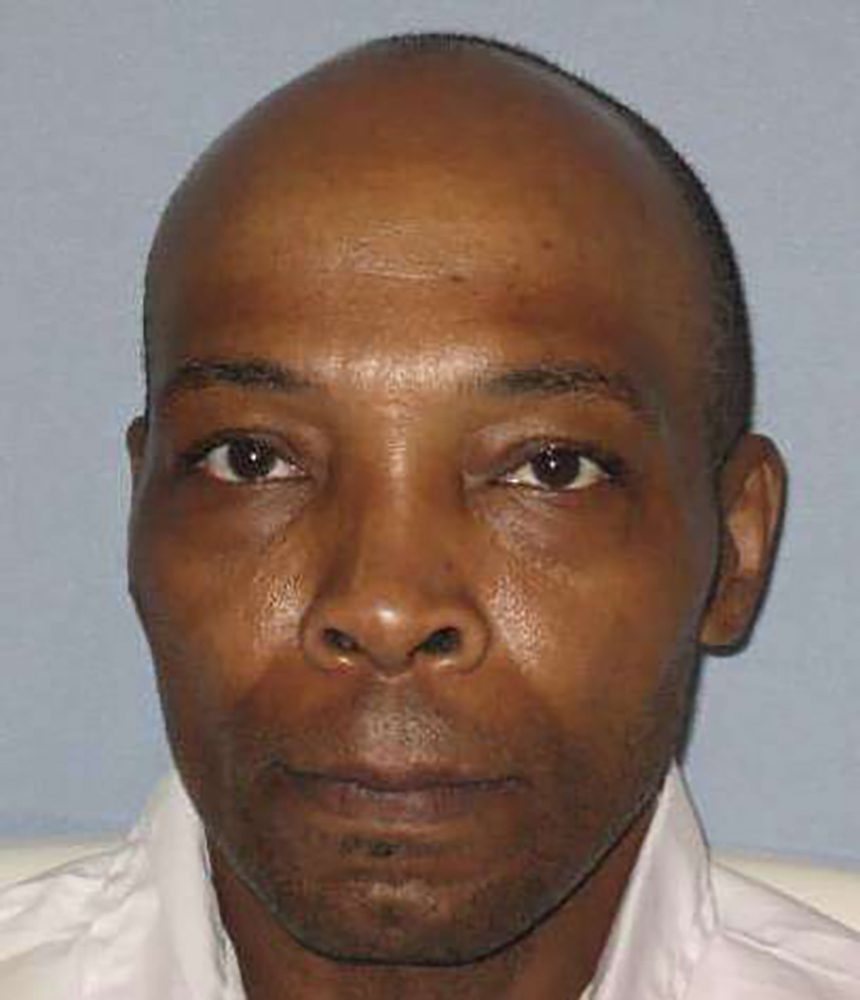
Gavin’s attorneys have also argued that the performance of his court-appointed trial lawyers fell below constitutional standards. His current legal team found that one of his lawyers admitted to being “heavily sedated” due to a broken foot as Gavin’s trial approached. They also say his trial lawyers put together a meager case to convince jurors to spare Gavin’s life when it came time for them to decide whether to sentence him to life without the possibility of parole or death. At the time, his lawyers called just two people to testify: his mother, who they admitted they had not adequately prepared; and a minister who had counseled Gavin in jail.
Gavin’s appellate lawyers later dug up information that they argued could have helped his case. They found that he grew up in poverty and surrounded by violence in Chicago housing projects. He took on the role of caregiver for his 11 siblings and committed crimes to earn money for his family. He was beaten by his father throughout his childhood. At 17, a gang attack sent Gavin to the hospital. By the time he was 21, he shot dead the leader of the gang that attacked him and spent a total of 17 years in an Illinois prison, where he was stabbed by gang members, according to legal documents.
A federal district court in 2020 ruled that Gavin’s representation at trial was so poor that it violated his right to counsel. “Counsel were totally unprepared,” the judge wrote in a decision that was later reversed by the 11th U.S. Circuit Court of Appeals.
After the state set Gavin’s execution date in April, his lawyers filed motions trying to stop the execution. When those were rejected, Gavin opted to represent himself, filing his own motions in a final effort to save his life.
On Thursday afternoon, around 3 p.m., Gavin received a petition filed by Alabama Attorney General Steve Marshall with the U.S. Supreme Court asking the justices to let the execution proceed, a response to his appeal for a stay the previous day. With just an hour and a half until he’d be taken away by corrections officers, he looked down at the blank legal pad of paper in front of him. There would be no time for him to file a last rebuttal. “Don’t despair,” Gavin had said throughout the day, and now it was Huggins’ turn to echo the refrain back to him.
Gavin was resolute. “I’m not afraid to die,” he said.
Once it became clear that the execution would happen, Gavin’s legal team waiting with him inside the prison, which by now had grown to three, asked if he was ready to discuss an unpleasant topic: how the executioners would set the IV lines that would deliver the lethal drugs.
Gavin shuddered, clutching the insides of his arms close to his body, as if to protect his veins from hearing about the stabbing they’d soon endure. He said he’d hated needles ever since he saw people shooting up drugs as a kid in Chicago.
As if to change the subject, Gavin began writing another letter to his sister, Adriane, and stuffed it into the folder that his lawyers were to send to her in Chicago.
When the clock struck 4:30 p.m., corrections officers gathered in the hallway that wrapped around the visitation room on all sides. They had changed from the blue polo shirts they wore earlier in the day into formal uniforms of light blue long sleeve button downs and navy pants. One of the officers came in and told Gavin that it was time to go.
The next time I saw him, Gavin was lying strapped to a gurney inside the execution chamber. His body was bound in a white blanket; his arms outstretched next to him, with IV lines sticking out below both of his elbows. His index fingers were lifted, an Islamic gesture meaning Allah is the only god. Gavin’s eyes were locked onto his imam, Abdul-Adarr, who stood to his left, and his lips were moving, his speech muted by the glass window separating the chamber and witness room. He was no longer wearing his kufi.
Raybon, the warden, who had changed into a suit, read the execution warrant and turned over the microphone for Gavin for his final statement. “I love my family,” he said, followed by “La Ilaha Illallah Muhammadur Rasulullah,” an Arabic phrase meaning “there is no God but Allah and Muhammad is the messenger of God.”
An officer motioned for Adbul-Adarr to step forward. As they prayed together, Gavin’s lips started moving more slowly until they stopped moving altogether. Eventually, Abdul-Adarr stepped back.
Myself, two of Gavin’s lawyers and media witnesses sat under the glow of a fluorescent pink light watching Gavin die as feedback droned from the speaker above us. Once it appeared that he was no longer breathing, a corrections officer closed the hospital curtain that covered the window into the chamber. He was pronounced dead at 6:32 pm.
Afterwards, ADOC issued a press release stating that Gavin refused a final meal and made no special requests.
On Sunday, I spoke with Abdul-Adarr, the imam, by telephone. He told me that after Gavin was taken away by corrections officers, and out of contact with his lawyers inside the impenetrable walls of the execution chamber, ADOC had reneged on its agreement to allow Gavin to die in line with Islamic tradition. The breakdown, which had begun with the meal earlier that day, had spiraled into Gavin’s final moments.
Abdul-Adarr told me that Raybon had personally guaranteed him that Gavin could wear his kufi, a cap many Muslim men wear as an identifier of their religious beliefs, inside the execution chamber. But when Abdul-Adarr finished praying with Gavin in his cell before he was taken to the chamber, a corrections officer made Gavin take it off.
Abdul-Adarr said the warden had also agreed in writing to let him recite a series of four traditional Muslim prayers with Gavin before pushing the lethal drugs into Gavin’s veins, and that the execution team captain had confirmed the arrangement once they got to the death chamber—but that plan broke down, too.
According to Abdul-Adarr, they were just halfway through the first prayer, the opening chapter of the Quran, when Gavin abruptly jumped ahead to the final statement Muslims are supposed to say right before death: “La Ilaha Illallah Muhammadur Rasulullah.” Abdul-Adarr said he tried to encourage Gavin to keep going but it became clear that would not be possible; shortly after, Gavin’s head, which was upright, fell backwards onto the gurney. ADOC, he said, had already started administering the sedative, rendering Gavin unable to speak.
“He wasn’t responding,” recounted Abdul-Adarr. “I initially thought it was because of the gravity of the final moments so I just kept going to finish the prayer, but then I realized they had started the lethal injection process while I was still standing right there.”

ADOC did honor its agreement to Gavin after he died. It did not perform an autopsy on Gavin’s body and the agency handed it off to an Islamic mortuary without any issues. Once there, Abdul-Adarr washed it three times, as is required in Islamic tradition, and prepared it for the flight to Chicago. He was buried there on Tuesday.
Abdul-Adarr said he planned to file a complaint with ADOC over its treatment of Gavin before and during the execution.
He’d been reflecting on whether he should have said something about ADOC deviating from its plan while he was in the chamber but doubted officials would have done anything differently. “It was very disrespectful,” he said. “You didn’t give him his last meal. You took his kufi. But you said we would have plenty of time to pray. They didn’t follow their own procedure.”
Sign up and stay up-to-date
Support us
Bolts is a non-profit newsroom that relies on donations, and it takes resources to produce this work. If you appreciate our value, become a monthly donor or make a contribution.


